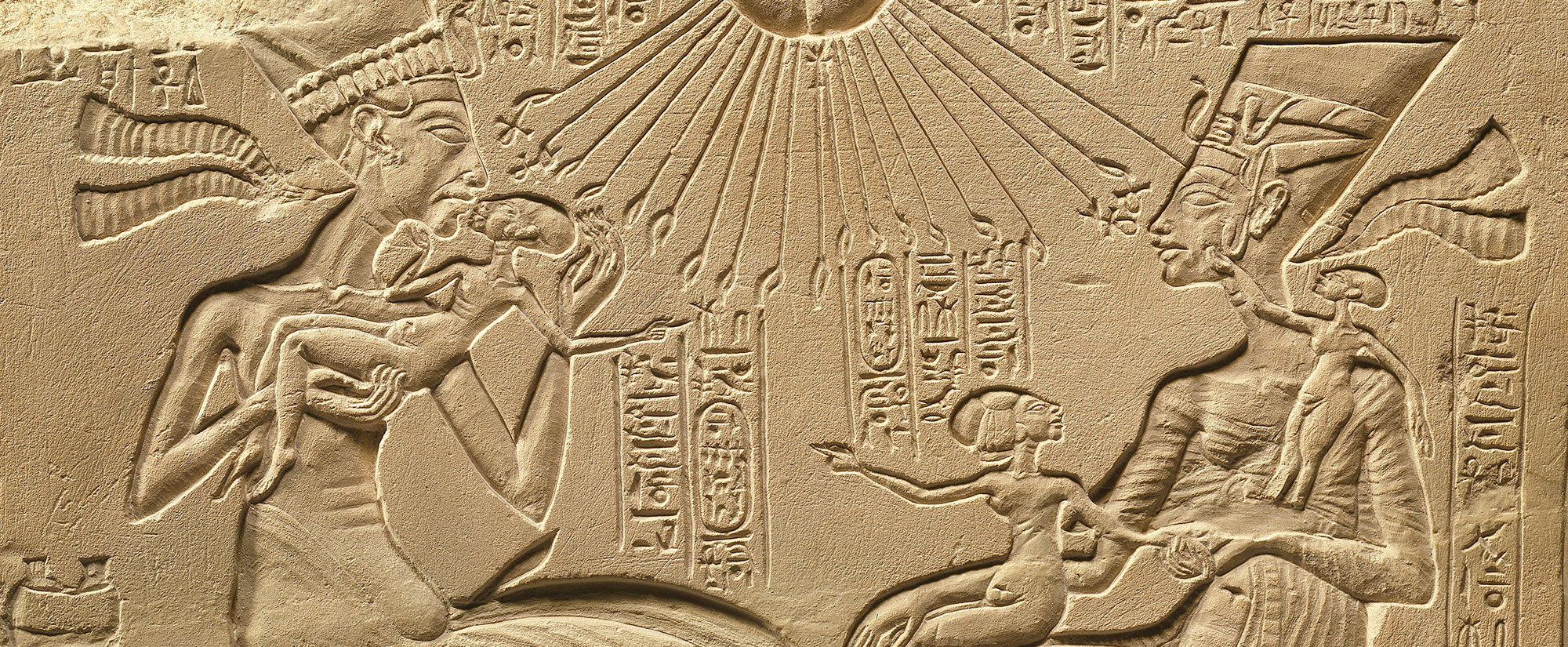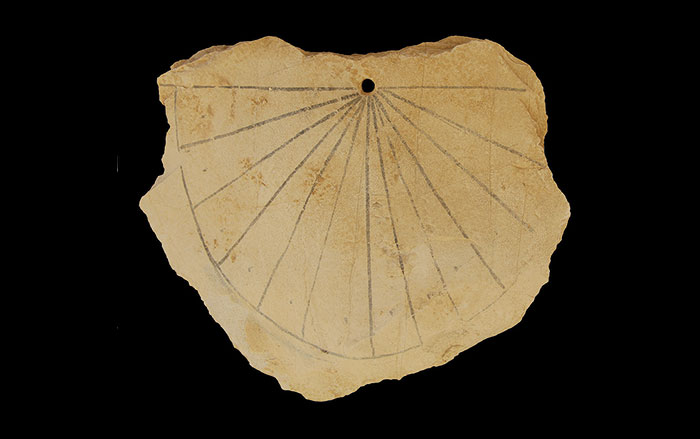
SZIGETVAR, HUNGARY—Suleiman the Magnificent died in 1566 while his Ottoman troops besieged the fortress of Szigetvar. Tradition holds that the sultan’s heart and internal organs were buried nearby, before his body was returned to Istanbul. Historic records indicate that a town grew up around the tomb built for the sultan’s heart. It featured a mosque, a dervish cloister, a military barracks, a tavern, a madrasa, and an inn for pilgrims to the heart’s final resting place. Hungarian researchers now think that they have found this town, known as Turbek. Artifacts such as Chinese porcelain and Persian ceramics and glass suggest that its residents were wealthy. “We are closer and closer to the tomb,” said Norbert Pap of the University of Pecs.











